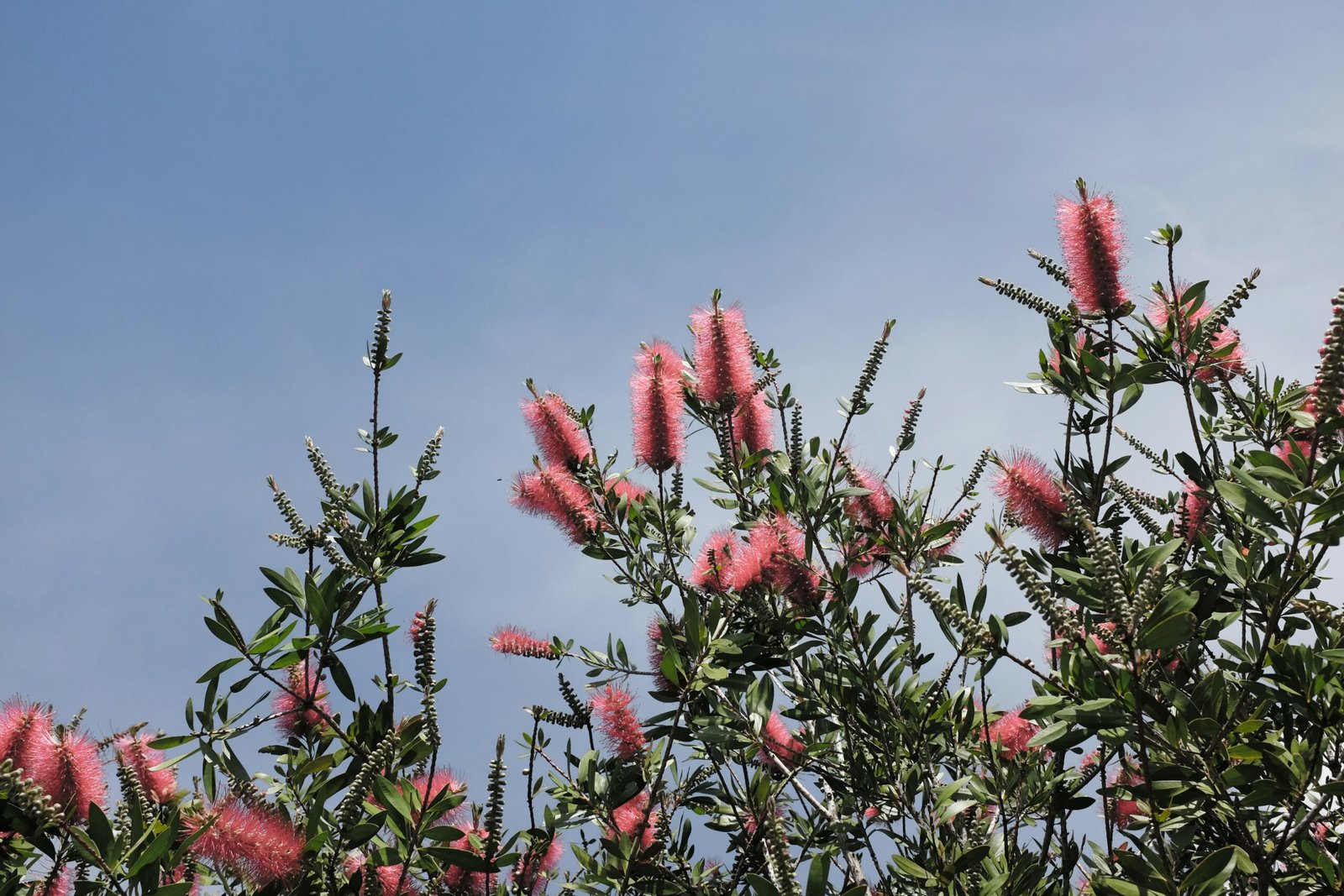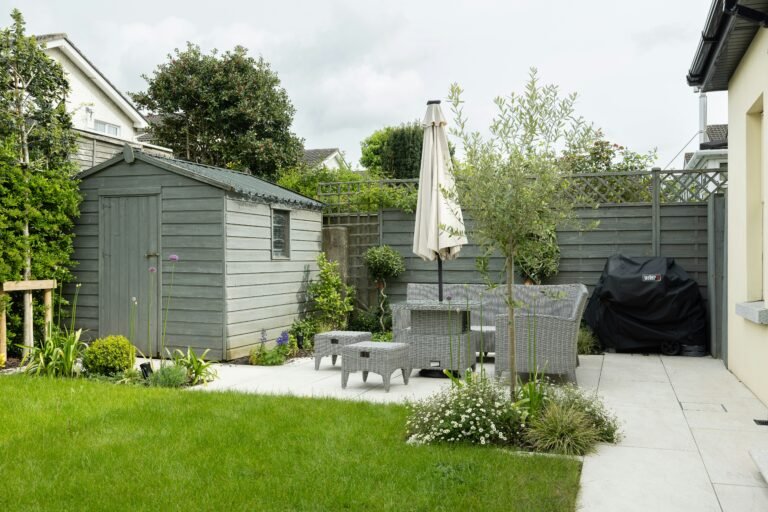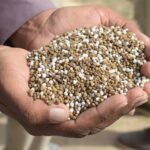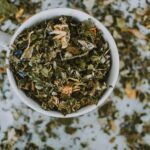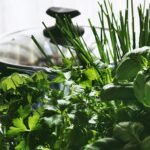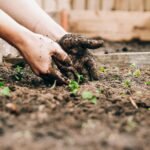When I first started gardening, I filled my beds with colorful plants from garden centers — roses, hydrangeas, and annuals that looked beautiful but demanded constant attention. It wasn’t until I discovered native plants that my garden began to truly thrive — not just visually, but ecologically. My water use dropped, I stopped fighting pests, and suddenly, bees and butterflies appeared in abundance.
Native plants — those that evolved naturally in your region — are nature’s way of creating harmony between soil, climate, and wildlife. They’ve adapted over centuries to local conditions, which means they usually require far less maintenance than imported species. More importantly, they provide vital food and shelter for native pollinators, birds, and insects that have co-evolved alongside them.
In this guide, I’ll walk you through why native plants deserve a place in every garden, from their remarkable benefits to how to choose and grow the best ones for your area. Whether you’re hoping to build a lush pollinator garden, reduce your water bill through drought-tolerant landscaping, or simply want a yard that feels more alive — this article will help you get there.
By the end, you’ll not only understand the “why” but also have a clear idea of which best native plants can transform your outdoor space into a thriving, sustainable ecosystem.
What Are Native Plants? Definitions & Myths
Before diving into plant lists and garden plans, it helps to understand what “native” really means — and what it doesn’t.
“Native” vs. “Nativar” vs. Invasive Explained
A native plant is one that has evolved naturally in a region over thousands of years, long before human introduction or cultivation. These plants are perfectly tuned to local soils, rainfall patterns, and seasonal changes. Examples include purple coneflower (Echinacea purpurea) in the Midwest or California poppy (Eschscholzia californica) on the West Coast.
By contrast, a nativar is a cultivated variety of a native species — bred for certain traits like flower color or compact growth. While nativars can still be beneficial, research from The Xerces Society and Audubon suggests that some may produce less nectar or pollen, making them less valuable to wildlife. It’s not that nativars are “bad,” but it’s worth mixing in true natives whenever possible.
Invasive species, on the other hand, are imported plants that spread aggressively and disrupt local ecosystems — think English ivy, kudzu, or Japanese barberry. These plants outcompete natives, reduce biodiversity, and can even alter soil chemistry.
Common Myths About Native Plants
Many gardeners still hesitate to plant natives due to a few persistent misconceptions:
- Myth 1: “They look messy.”
→ Not true! With the right design principles (grouping, layering, repetition), native gardens can look intentional and elegant. - Myth 2: “They’re hard to find.”
→ Increasingly false. Native plant nurseries and online suppliers have grown nationwide — PlantNative.org offers regional directories. - Myth 3: “They only belong in wild landscapes.”
→ Native plants adapt beautifully to modern yards, whether you have a small urban plot or a sprawling suburban lot.
Understanding these basics helps you choose plants that work with nature, not against it — a mindset shift that turns gardening from a battle into a partnership.
The Big Benefits of Native Plants (for You & the Ecosystem)
When I replaced a patch of thirsty lawn with a mix of local grasses and wildflowers, I expected to save some time and water. What I didn’t expect was how alive the space would become — hummingbirds darting in for nectar, ladybugs patrolling the milkweed, and soil that stayed soft and rich without constant tending. That’s the quiet magic of native plants: they give far more than they take.
Less Water & Lower Maintenance
Because native species evolved under your local rainfall and temperature patterns, they thrive with minimal irrigation once established. They form deep root systems that reach underground moisture, making them ideal for drought-tolerant landscaping. According to the U.S. Environmental Protection Agency, homeowners can reduce outdoor water use by up to 60% by switching to regionally appropriate plants.
Less watering also means less mowing, fertilizing, and fewer chemicals — saving both time and money. For more inspiration on low-water garden design, explore Xeriscaping Ideas: Low-Water Gardening Tips for Drought-Proof Yards — a perfect complement to native planting.
Habitat for Birds, Bees & Butterflies
If you’ve ever dreamed of a buzzing, fluttering pollinator garden, natives are the key. Plants like milkweed, bee balm, and black-eyed Susan provide nectar, pollen, and nesting materials for local insects. Those insects, in turn, feed birds and other wildlife. The National Wildlife Federation even reports that native plants support nearly 10–20 times more native species than non-natives.
To turn your native garden into a buzzing wildlife haven, check out How to Create a Pollinator Friendly Garden for Bees & Butterflies for design tips and plant ideas that keep bees and butterflies coming back.
Soil Health, Resilience & Fewer Chemicals
Deep-rooted natives not only stabilize the soil but also improve its structure, allowing water to infiltrate rather than run off. This reduces erosion and helps recharge groundwater. Because these plants resist local pests naturally, you can skip most pesticides and fertilizers — keeping your garden chemical-free.
Curb Appeal: Design That Looks Intentional
Native gardens don’t have to look wild or chaotic. By grouping similar species, layering heights, and repeating colors, you can create a design that feels both natural and elegant. Think of it as a living landscape — one that changes with the seasons and invites life in.
In short, the benefits of native plants go far beyond aesthetics. They make your yard part of a much larger ecological web — one that supports pollinators, conserves water, and restores balance.
How to Choose & Design with Native Plants (By Region & Site)
The beauty of gardening with native plants is that there’s no one-size-fits-all approach. What thrives in Arizona’s dry heat won’t survive in Maine’s cool, damp soil. But by matching the right plant to the right place, you can create a low-maintenance garden that practically takes care of itself.

Know Your Region
Before buying anything, take time to understand your ecoregion. Factors like rainfall, average temperature, and soil type all influence which species will do well. The U.S. Department of Agriculture Plant Hardiness Map and Native Plant Finder are great starting points. Local native plant societies or extension offices can also offer tailored advice.
Match Plant to Place
Observe your yard: where does the sun fall most of the day? Is the soil sandy, clay-heavy, or rich with organic matter? Group plants with similar needs together — for instance, drought-tolerant landscaping species like yarrow or penstemon in sunny, dry areas, and moisture-loving ferns or blue flag iris in shaded, damp spots. This simple step prevents overwatering and keeps maintenance low.
Simple Design Rules
Even a native garden benefits from structure. Here are a few easy principles I follow:
- Layering: Combine groundcovers, perennials, and shrubs to mimic natural habitats.
- Repetition: Repeat key colors or plant types for cohesion.
- Bloom succession: Choose plants that flower in different seasons to support pollinators year-round.
- Edges: Define borders with stones or mulch to make the garden look intentional, not overgrown.
These design ideas turn a random plant collection into a visually pleasing ecosystem.
Avoid These Mistakes
A few common pitfalls can make the process harder than it needs to be:
- Planting too densely (give roots space to spread).
- Overwatering (most natives hate soggy soil once established).
- Ignoring mature size (that “cute” sapling might become a 20-foot tree).
By focusing on regional adaptation and thoughtful design, you’ll create a space that’s both resilient and beautiful — one that looks like it truly belongs where it grows.
The Best Native Plants to Grow (Quick Lists by Goal)
Choosing the right plants can feel overwhelming at first — there are thousands of native species across North America. The key is to start with purpose. Do you want to attract pollinators? Conserve water? Brighten a shady corner? Below are some tried-and-true best native plants to help you begin, organized by gardening goal.
For Pollinators (Spring–Fall Succession)
Creating a pollinator garden means having something blooming through every season. These native plants are reliable crowd-pleasers:
- Spring: Wild lupine (Lupinus perennis), Eastern red columbine (Aquilegia canadensis)
- Summer: Purple coneflower (Echinacea purpurea), Bee balm (Monarda didyma), Butterfly weed (Asclepias tuberosa)
- Fall: Asters (Symphyotrichum spp.), Goldenrod (Solidago spp.)
Together, they support bees, butterflies, and even migrating monarchs by providing continuous nectar and pollen sources.
For Drought-Tolerant Landscaping
If you live in a dry or water-restricted area, these plants will thrive with minimal watering once established:
- Desert regions: California poppy (Eschscholzia californica), Desert marigold (Baileya multiradiata)
- Plains and Midwest: Little bluestem (Schizachyrium scoparium), Black-eyed Susan (Rudbeckia hirta)
- Southwest & Texas: Purple sage (Salvia leucophylla), Blanket flower (Gaillardia pulchella)
Their deep root systems help retain soil moisture and prevent erosion — cornerstones of effective drought-tolerant landscaping.
For Shade & Small Spaces
Not all natives need full sun. These are great for woodland gardens or narrow side yards:
- Wild ginger (Asarum canadense)
- Foamflower (Tiarella cordifolia)
- Woodland phlox (Phlox divaricata)
They create soft, lush textures under trees while providing shelter for ground-dwelling insects and small pollinators.
For Containers & Patios
Yes, you can enjoy native beauty in pots! Try:
- Coral bells (Heuchera americana)
- Prairie dropseed (Sporobolus heterolepis)
- Lanceleaf coreopsis (Coreopsis lanceolata)
Containers are ideal for beginners testing how native plants perform before committing to larger beds.
Tip: To find what’s native to your ZIP code, visit Native Plant Finder or Wildflower.org’s database.
Each of these plant groups can be mixed and matched to suit your space — whether that’s a sprawling garden or a sunny balcony.
Planting & Care Basics for Native Plants
Planting native species isn’t complicated — it’s often easier than working with traditional ornamentals. The key is understanding how these plants grow naturally and replicating that environment as closely as possible. Here’s how to give your native plants the best start and keep them thriving for years.

When & How to Plant
The best time to plant most native species is in fall or early spring. Cooler weather allows roots to establish before the stress of summer heat. When planting from pots, loosen the roots gently and dig a hole twice as wide but only as deep as the root ball. For bare-root plants, spread roots naturally into the soil rather than coiling them.
If you’re starting from seed, look into cold stratification — a chilling period that mimics winter and helps germination. The Lady Bird Johnson Wildflower Center offers great regional guidance on this.
Watering the First Year vs. Long-Term
Even though native species are the backbone of drought-tolerant landscaping, they still need consistent moisture during their first growing season. Deep, infrequent watering helps roots reach down into the soil. After that first year, most natives require little to no supplemental water except during extreme drought.
A helpful rule of thumb: water less often, but deeply — encouraging strong, resilient root systems.
Mulch, Weeding & Gentle Maintenance
Use natural mulch (like shredded leaves or untreated wood chips) to retain moisture and suppress weeds. Keep mulch a few inches away from plant crowns to avoid rot.
In the first year, you’ll need to weed regularly until your natives fill in. Once mature, their dense roots and canopies will crowd out most unwanted plants naturally.
Unlike traditional gardens, native landscapes rarely need fertilizers or pesticides. Their natural defenses and soil partnerships (like mycorrhizal fungi) handle most of that for you.
Pro tip: Resist the urge to over-tidy. Leaving seed heads and dried stems through winter provides food and shelter for birds and insects — essential for a balanced ecosystem.
With the right start, native gardens become largely self-sustaining — an investment that rewards you (and nature) for years to come. For bee-safe ways to tackle common pests, read Natural Pest Control for Gardens: Proven Organic Solutions That Work — perfect for keeping your native garden balanced and thriving.
Conclusion
When I look out at my garden now, it feels less like a curated project and more like a living community — bees buzzing on coneflowers, goldfinches tugging at seed heads, and soil that seems to breathe with life. That transformation didn’t come from expensive tools or exotic plants — it came from embracing native plants and letting nature take the lead.
If there’s one thing I’ve learned, it’s that gardening with natives isn’t about perfection — it’s about participation. Each native flower you plant is a small act of restoration, helping pollinators find food, conserving water, and strengthening local ecosystems. Even a few pots on a balcony can make a difference.
So here’s my invitation: this weekend, take ten minutes to look up a few best native plants for your area. Visit a native plant nursery or check the Native Plant Finder to discover what thrives naturally where you live. Then start small — one bed, one container, one pollinator patch.
Your garden doesn’t have to change the world — but it can change the piece of it right outside your door. 🌿
Alex is the creator of Homely Haven, a space dedicated to simple, stylish ideas for interiors and gardens alike. With a passion for cozy living rooms, inviting outdoor spaces, and practical DIY solutions, Alex shares tips and guides that help turn any house into a true home.
From budget-friendly decorating hacks to weekend garden projects, the goal is always the same: to inspire you to create spaces that feel personal, beautiful, and welcoming. When not writing, Alex is usually rearranging furniture, sketching new garden layouts, or exploring design trends for the next project.

